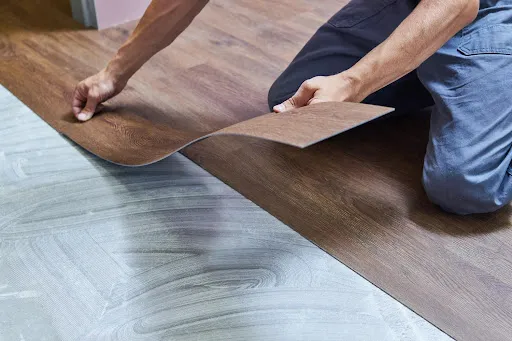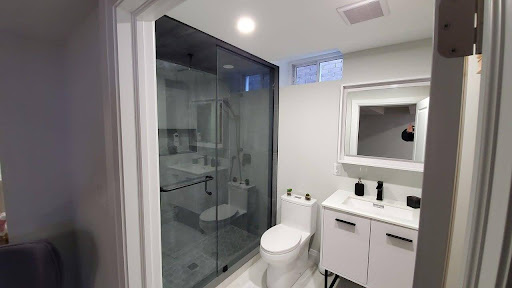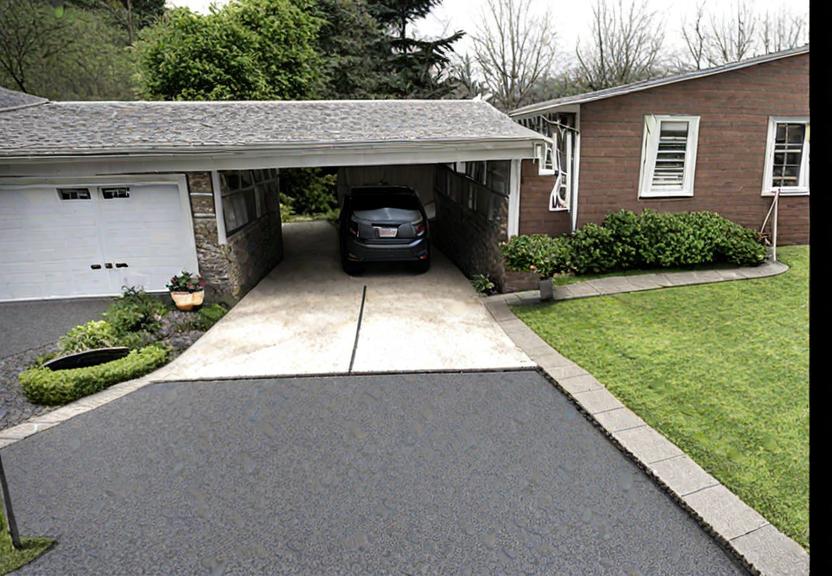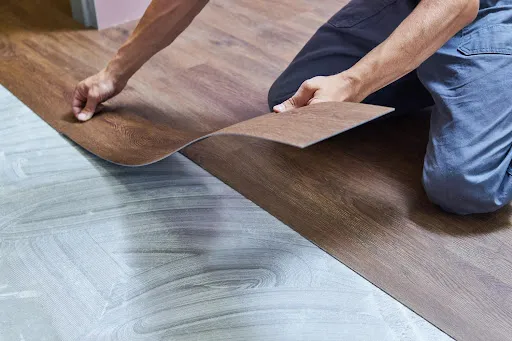When it comes to flooring options for your home, vinyl flooring is a versatile and popular choice that has been gaining increasing attention in recent years. This durable and stylish flooring solution offers a range of benefits and, perhaps most enticingly, is remarkably easy to install. In this blog, we’ll explore the advantages of vinyl flooring and highlight just how simple it is to achieve a stunning transformation in your space.
Table of Contents
Benefits Of Vinyl Flooring
- Durability and Longevity
Vinyl flooring is renowned for its remarkable durability. It can withstand heavy foot traffic, making it an ideal choice for high-traffic areas in your home, such as the kitchen, hallway, or living room. Additionally, vinyl flooring is resistant to moisture, stains, and scratches, ensuring that your investment will last for many years.
- Aesthetic Appeal
One of the key reasons homeowners are turning to vinyl flooring is its wide range of design options. Vinyl flooring can mimic the look of natural materials like hardwood, stone, or tile. With advances in printing technology, vinyl can replicate these textures and patterns with remarkable accuracy. This means you can enjoy the appearance of luxurious materials without the associated cost and maintenance.
- Cost-Effective
Vinyl flooring is an excellent choice for those looking to achieve a high-end look on a budget. It is more affordable than many other flooring options while still offering a stunning appearance and impressive durability.
- Easy Maintenance
Maintaining vinyl flooring is a breeze. Regular sweeping or vacuuming, along with occasional mopping using a mild detergent, is typically all that’s needed to keep it looking its best.
- Comfort Underfoot
Vinyl flooring offers a comfortable and slightly cushioned surface to walk on. This feature makes it a great choice for households with children or pets.
Vinyl Flooring Installation Made Simple
One of the standout advantages of vinyl flooring is its ease of installation. Whether you choose vinyl planks or vinyl tiles, the vinyl flooring installation process is DIY-friendly, even for those with limited experience. Here’s how to get started:
- Prepare the Subfloor
Ensure your subfloor is clean, dry, and level. Any imperfections can be smoothed out with a self-leveling compound.
- Measure and Plan
Measure the room’s dimensions and plan the layout, ensuring that you start from the center of the longest wall.
- Gather Your Tools
You’ll need basic tools like a utility knife, straightedge, tape measure, and a notched trowel. If you’re using self-adhesive vinyl, you won’t need additional adhesive.
- Install the Vinyl
Lay out your vinyl planks or tiles according to your planned layout. Peel off the backing and stick them in place, starting from one end and working your way to the other. For vinyl planks, simply click them together.
- Trim and Finish
Once you’ve covered the entire floor, trim any excess vinyl around the edges using your utility knife. Install baseboards or molding to hide the edges and give your flooring a polished look.
In conclusion, vinyl flooring is a versatile and cost-effective choice for homeowners seeking a durable, low-maintenance, and visually appealing flooring solution. With its easy installation process, even DIY enthusiasts can achieve professional-looking results. So, whether you’re renovating your entire home or just want to update a single room, consider vinyl flooring as a stylish and practical option to transform your space.





